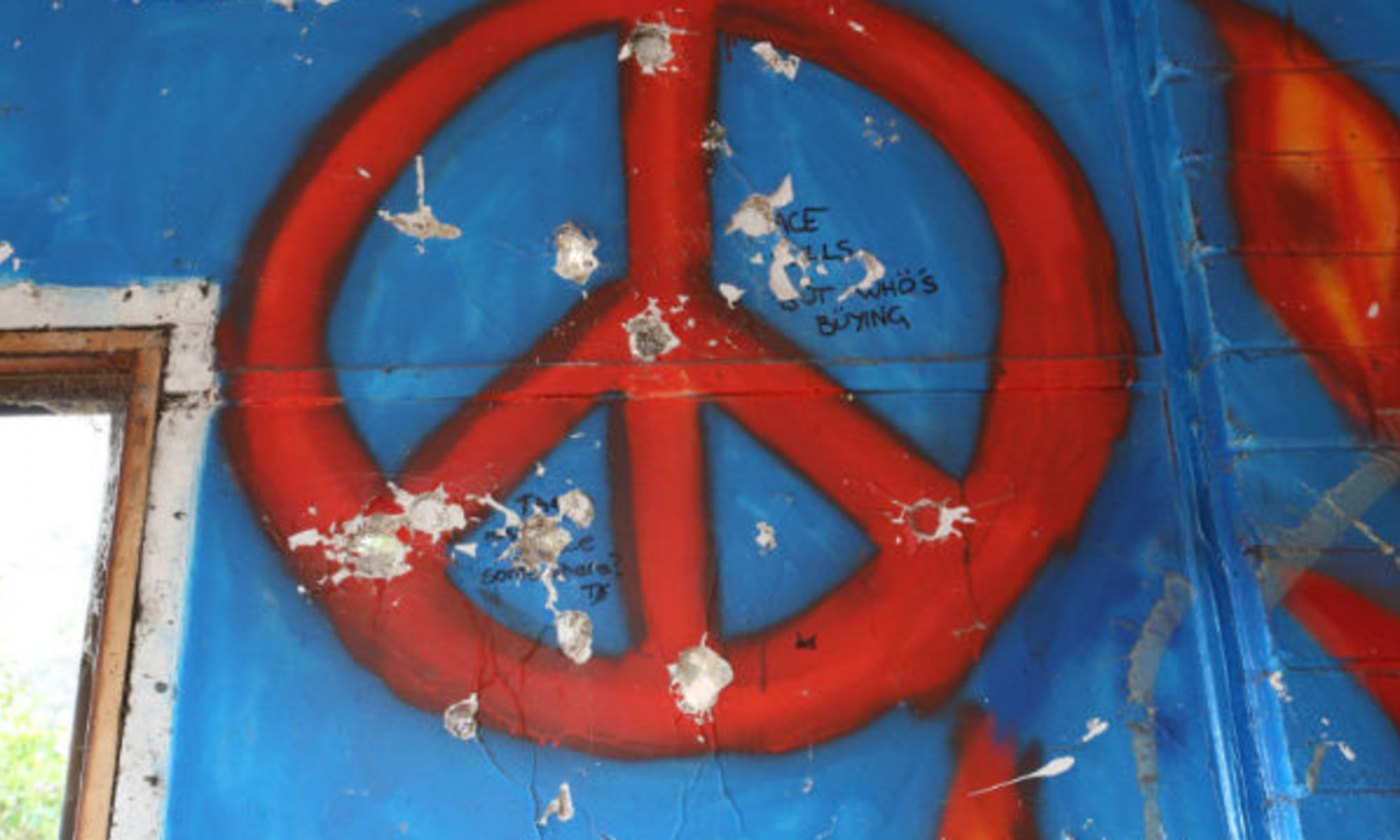By: Óscar Cejudo Corbalán
Security and peace, social structures and individuals, spaces for reconciliation and spaces for justice, complexity and simplicity, peacebuilding and building peace, offender and victims. During these past two weeks I have been thinking over and over about these terms that seem to me to somehow oppose each other. Oppose is not the most accurate word; maybe contradict? Or clash with each other? I know some of them seem obvious and some of them do not seem to clash at all (reason why I was surprised when I started seeing them as contradictory to each other), but after much thought and many sessions with different speakers I now see how these coupled terms complement each other.
Maybe the easiest one to see is how security and peace are interconnected, but it is interesting that the connection does not go both ways. When we were going over sessions related to gang violence, law enforcement or criminal justice system it struck me how security (being as fundamental as it is) does not mean peace at all. All the speakers and people we talk with related to these issues emphasized the need for security and sometimes (many times) this means to use force or violence to achieve it (whether if it is direct violence as it could be in the case of law enforcement, or structural violence as it could be in certain aspects of the criminal justice system.) Therefore, it seemed to me that in our society today (at least when we are dealing with violent conflicts), guaranteeing security compromise the goal of achieving peace (positive and negative peace in Galtung’s terms). However, there is a necessary unidirectional link between both concepts, since there will be no peace if we cannot provide security (it is one of Burton’s basic human needs.)
The reciprocity goes both ways when we are talking about social structures and individuals. We were privileged enough to have a conversation with two people who were in prison in the Correctional Training Facility in Soledad. When asking them about challenges and ways to break the cycle of violence they stood firm in the idea that the transformation has to come from each individual’s will, they were very aware that the fault was only theirs and they have to pay and learn from this. My “structural violence” lenses first did not want to fully agree with what they were saying, there are many structural issues in the US (and the whole world) to solely blame yourself for where you are. And I am not talking only about the institutional level, but also at community or family level. But obviously, how can I argue or doubt their experience when they are the ones who know what is actually going on? It was a really eye opening experience, because I am usually thinking about changing the structures to achieve peace, but in order to do so we need to work individually. They were a great example for this, but it was also a great example of the relation in the opposite direction: in order to achieve individual transformation there has to be structures in place to support it (as it is the case with all the programs offered in this Correctional Training Facility.)
For me, this relationship between the structural and the individual transformation is linked with the relation between complexity and simplicity. There is nothing that could be consider simple in the field of peacebuilding (not working in the structural or individual level), but there is much to say about the simple gestures that build peace. The perfect example for this is the story Lou Hammond told us about the prison guard who silently approached him to tie his shoe lazes. This completely simple gesture cracked what he calls the glass ceiling of insanity and sparked his individual transformation. My takeout (which luckily is not new but is well needed to be reminded of) is that at the same time that we, as peacebuiliders, have to design and/or implement complex programs, we also must engage in those simple gestures daily to build peace around us.
Like these ones explained here, other “coupled” terms that at one point I saw as opposed to each other (some of them more intuitively than others) ended up being mutually connected and reinforcing each other. This is why when Megan mentioned “deconstructing dichotomies” as an strategy to build peace during Jerome Sigamani session I immediately connected to all these thoughts that were going through my mind. And the idea of deconstructing dichotomies does not refer to the type of “dualities” I have been writing about in this post (they are not dichotomies), it talks about diluting the borders between us and them, understanding that the differences that there are between different people are not opposed. There are reservations to this approach (like to all the ones we could adopt) but I do feel it is a beneficial and necessary strategy for bringing security and peace, for reshaping the structures and the way individuals understand each other, for narrowing the gap between complexity and simplicity, for peacebuilding (and building peace.)


